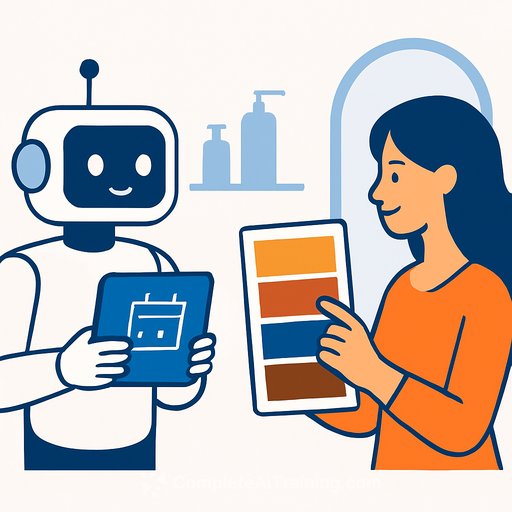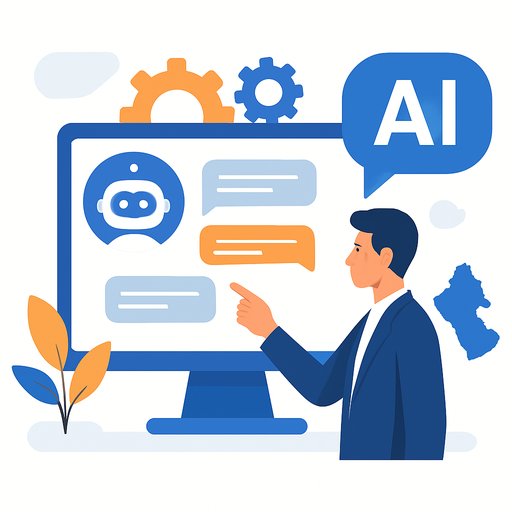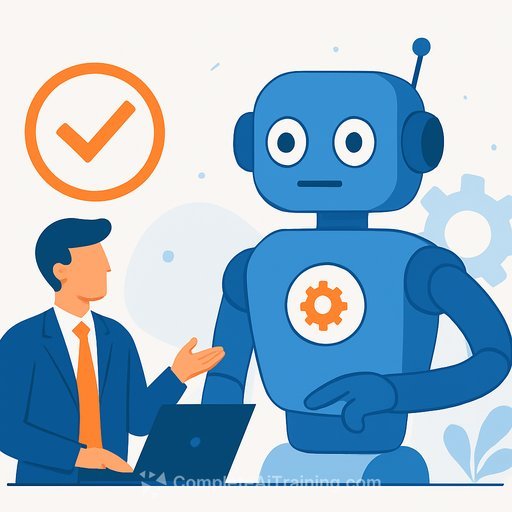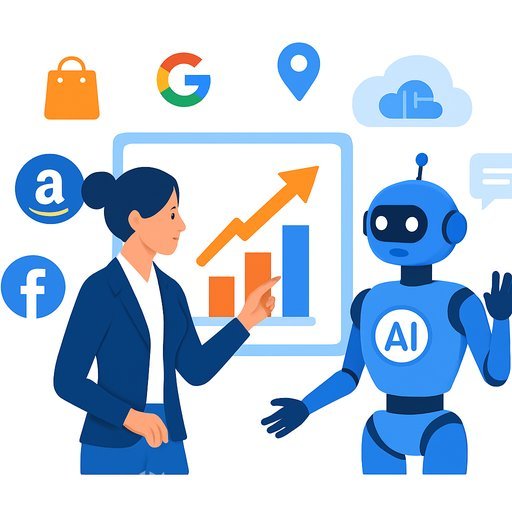How Madison Reed Rolled Out Agentic AI To Support, Not Replace, People
AI agents are great at simple, high-volume tasks. People are great at nuance, emotion, and judgment. Madison Reed shows how to let each do what they're best at - and give customers faster answers without losing the human touch.
"The most important thing in our business is matching the right hair color with the consumer to get the outcome the consumer wants," said Amy Errett, founder and CEO of Madison Reed. That's a high-friction decision, so the company kept experts front and center while letting AI handle the repetitive work.
The playbook: Start with use cases, not features
Madison Reed upgraded its chatbot, Madi, with agentic capabilities that can take actions, not just answer questions. The team picked three high-impact automations first: product discovery, membership management, and appointment booking.
That aligns with a core principle for support leaders. As Gartner's Deborah Alvord puts it: "Leaders need to know what they are trying to achieve. What are the outcomes? Don't just buy features." Gartner's customer service research backs this outcomes-first approach.
Automate the boring work to free up the important work
About 70% of Madison Reed's business comes from members on a regular cadence, according to Errett. That means support volume is packed with low-friction requests: reschedules, cancellations, membership changes. Perfect for AI.
Madi now assists with scheduling and cancellations at color bars, membership updates, and product recommendations. It's handling more than 90% of web traffic. Around 18% of usage is product discovery, and as customers complete the hair quiz, Madi improves recommendations based on patterns the system learns over time, according to Errett.
Listen, iterate, and keep a human one tap away
Madison Reed rolled out agentic features gradually. The team monitored failure modes, identified where customers still needed a person, and only then scaled up. If Madi can't satisfy the request, handoff to a human is immediate.
AI now handles about 60% of phone traffic. Net Promoter Scores remain in the 70s, driven by faster booking and quicker answers, according to Errett. Customers aren't waiting on hold or for an email reply - they get resolution in the moment. For context, here's an overview of NPS from the source that created it: What is NPS?
Keep humans central, by design
"There's an emotional human interaction that's happening as somebody is working on your appearance," Errett said. "That is not going to change at Madison Reed just because we have an agent called Madi."
Both the IVR and web chat make it easy to reach a live agent at any point. When customers book through AI, stylists spend less time interrupting color sessions to answer calls - and more time improving the in-salon experience. Low-stakes tasks like "I'm running 10 minutes late" are exactly what the bot should handle.
What support teams can copy now
- Map high-volume intents by friction level. Prioritize the "simple but frequent" tier: scheduling, account changes, order status, basic product fit.
- Define outcomes and guardrails. What should the agent do autonomously? Where must it hand off instantly?
- Start small, then scale. Pilot with one channel and a narrow set of intents. Expand after you hit quality thresholds.
- Instrument everything. Track containment, resolution time, opt-out to human, and post-interaction CSAT/NPS for both AI and human flows.
- Make handoff seamless. Pass context, conversation history, and customer intent to the human so customers never repeat themselves.
- Feed structured signals. Quizzes, preferences, and membership data improve recommendations and reduce back-and-forth.
- Train your team. Teach agents where AI helps, when to intervene, and how to maintain tone and trust.
Metrics that matter
- AI containment rate by intent (with satisfaction thresholds)
- Time to book/reschedule vs. baseline
- First contact resolution for AI-routable intents
- Opt-out to human rate and reasons
- CSAT/NPS parity or lift for AI-handled interactions
- Agent productivity: fewer interrupts, more value-added time with customers
Tech checklist for agentic support
- Actionable integrations: scheduling, membership management, account updates
- Strong retrieval for product and policy answers (and a clear "I don't know" fallback)
- Real-time status checks: availability, inventory, wait times
- Secure authentication and audit trails for any account changes
- Native, fast human handoff across voice, chat, and email
- Continuous review loops for failed intents and low-satisfaction interactions
The bigger point
Madison Reed didn't try to replace people. They removed friction that drains people. The result: faster service, happier customers, and staff focused on the moments that actually matter.
If you're formalizing skills for this kind of rollout, see practical training for support roles here: AI courses by job.
Your membership also unlocks:






